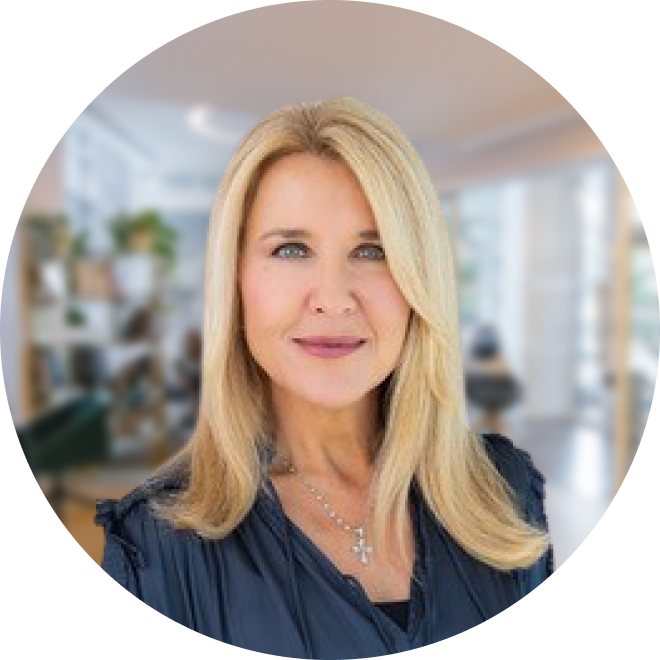If you lead a risk or compliance program in financial services, you know the feeling: framework fatigue.
Every new regulation, cybersecurity mandate, and industry standard arrives with good intentions, but also with overlapping requirements, duplicate assessments, and a flood of spreadsheets.
The result?
Teams spend more time re-mapping than managing risk. Board updates become exercises in translation. Audits overlap but never align. And the cost of compliance continues to rise without improving resilience.
I think that it’s time for a reset.
The Hidden Cost of Framework Overload
For the past 20 years, financial institutions have chased a moving target: trying to keep pace with hundreds of frameworks and standards:
- NIST Cybersecurity Framework
- FFIEC CAT
- ISO 27001
- PCI-DSS
- COBIT
- SOC 2
- DORA
- GDPR
…and dozens more
Each serves a purpose, but taken together they form a tangled web of obligations.
Every framework promises simplification, yet adds another layer of complexity.
In practice, most organizations respond by building mapping spreadsheets: aligning controls from one framework to another. Over time, those spreadsheets become unmanageable, disconnected, and outdated, the very definition of technical debt.
This cycle consumes vast amounts of time and expertise, yet produces minimal insight. What’s missing isn’t effort or intent, it’s harmony.
The Turning Point: Toward Harmonization
The financial-services industry has reached an inflection point. Global regulators, industry groups, and technology partners are realizing that maintaining hundreds of disconnected frameworks isn’t sustainable.
The answer isn’t another framework.
It’s harmonization, creating a unified model that translates across them all.
Enter the Cyber Risk Institute (CRI) Profile
The Cyber Risk Institute’s CRI Profile represents the most significant step toward framework harmony in more than a decade.
Developed by a coalition of banks, regulators, and technology partners, the CRI Profile harmonizes thousands of regulatory expectations into roughly 300 diagnostic statements.
Built on the NIST Cybersecurity Framework, it bridges gaps between FFIEC, ISO, OCC, EBA, and other major standards, creating a common baseline for cyber and resilience maturity.
For the first time, institutions can use a single profile to satisfy multiple frameworks and regulatory regimes, reducing audit fatigue and improving consistency across global operations.
💡 See how SmartSuite is transforming the way financial institutions approach CRI Profile implementation to replace the FFIEC CAT and modernize a broader GRC integration:
From Duplication to Dialogue
Harmonization is more than a compliance shortcut; it changes how people collaborate.
When teams share a unified taxonomy:
- Risk and compliance functions can finally speak the same language.
- Auditors and regulators evaluate maturity against the same criteria.
- Product vendors and consultants can integrate their methodologies directly.
This shift turns duplication into dialogue. Instead of debating which framework to use, organizations discuss how to improve controls and outcomes.
At the 2024 CRI Conference in Austin, I heard dozens of financial-services leaders describe how adopting the CRI Profile reduced redundant assessments by 25–40% and aligned board reporting across cyber, risk, and resilience teams.
That’s real progress, not just efficiency, but clarity.
The Anatomy of Framework Harmony
What does framework harmony actually look like in practice?
- A single control language: Every control, policy, and test maps to a shared diagnostic statement.
- Contextual visibility: Evidence, remediation, and risk ownership link directly to that shared language.
- Unified reporting: Dashboards aggregate maturity, gaps, and risk ratings across frameworks.
- Continuous monitoring: Automations track control performance and alert stakeholders to changes.
When this model is implemented through technology, something remarkable happens: complexity falls, confidence rises, and teams refocus on resilience rather than reporting.
How SmartSuite Makes Harmony Work
At SmartSuite, we’ve embedded the CRI Profile directly into our GRC Solution Suite, enabling institutions to operationalize harmonization in their daily workflows.
Within SmartSuite, customers can:
- Map controls and evidence across frameworks using a single CRI baseline.
- Automate updates when frameworks evolve, eliminating the need for manual remapping.
- Link risk assessments, issues, and remediation tasks to diagnostic statements.
- Generate audit-ready reports that show compliance across regulators in minutes.

The impact is immediate.
One large financial institution recently used SmartSuite’s CRI-based workflows to consolidate 12 different control libraries into one harmonized structure, cutting audit preparation time by 35%.
Framework harmony isn’t just about saving time: it’s about building trust in the data that drives decisions.
The Regulator’s Perspective
Regulators are increasingly supportive of harmonized approaches. They understand that consistent reporting improves oversight and reduces systemic risk.
Many supervisory agencies now reference the CRI Profile directly or accept its mappings to their own frameworks.
This recognition creates a virtuous cycle: as more institutions adopt the Profile, regulators receive more consistent submissions, which further reinforces its credibility.
Harmonization, once an aspiration, is becoming a shared reality.
The Human Side of Simplification
Behind every framework are the people who manage it: risk officers, compliance analysts, internal auditors.
They’re the ones staying late to finish control mappings or answer overlapping regulator requests.
Framework harmony doesn’t replace their work. it elevates it.
It allows experts to focus on analysis, improvement, and resilience instead of translation. It also fosters collaboration: when teams use the same taxonomy, conversations shift from “Which framework does this belong to?” to “How can we make this control more effective?”
That’s how cultural change begins.
Harmony as a Competitive Advantage
Financial institutions that embrace harmonization early are discovering unexpected benefits:
- Faster audits. Shared evidence repositories mean fewer redundant requests.
- Stronger assurance. Harmonized controls improve consistency across regions.
- Smarter investments. Risk data becomes comparable across frameworks, guiding priorities.
- Simpler onboarding. Third-party and regulatory relationships align to a common model.
I believe that, in a world where efficiency and transparency define trust, framework harmony isn’t just compliance strategy: it’s competitive advantage.
From Fatigue to Focus
Framework fatigue stems from fragmentation. Framework harmony restores focus.
The shift from chaos to clarity won’t happen overnight, but the momentum is undeniable. Industry collaboration through organizations like the Cyber Risk Institute is paving the way, and technology platforms like SmartSuite are making harmonization operational.
What was once impossible, a unified approach to regulatory compliance, is now within reach.
For the first time, financial institutions can manage their cyber, resilience, and compliance obligations through a single, connected model.
That’s not just simplification: it’s transformation.
Jon Darbyshire is CEO and Founder of SmartSuite and previously founded Archer IRM, one of the first enterprise GRC platforms. He continues to work closely with financial institutions, regulators, and technology partners to advance the future of integrated risk management.

Run your entire business on a single platform and stop paying for dozens of apps
- Manage Your Workflows on a Single Platform
- Empower Team Collaboration
- Trusted by 5,000+ Businesses Worldwide















